Start Here, Not There
The Small Business Owner's Guide to AI Automation: Start Here, Not There
You've been hearing it everywhere: "AI will revolutionize your business!" But when you look at the endless options—chatbots, workflow automation, AI assistants, predictive analytics—it's enough to make your head spin.
Here's the truth: most small business owners are starting with the wrong AI automation projects.
They're diving into complex solutions before handling the basics, or chasing flashy features that don't move the needle on their actual business problems. Meanwhile, the highest-impact opportunities are sitting right under their noses, unautomated and eating up hours every week.
Let's cut through the noise. This guide will show you exactly where to start with AI automation based on real ROI and implementation difficulty—not marketing hype.
The AI Automation Priority Matrix
Before we dive into specific opportunities, here's how to think about prioritizing any automation project:
High Impact + Easy Implementation = Start Here
High Impact + Hard Implementation = Do This Next
Low Impact + Easy Implementation = Maybe Later
Low Impact + Hard Implementation = Skip It
Most businesses get this backwards, starting with complex, low-impact projects because they seem "more impressive." Don't fall into this trap.
Tier 1: Start Here (High Impact + Easy Implementation)
1. Email Response Templates with Smart Routing
What it does: Automatically categorizes incoming emails and generates appropriate response drafts based on inquiry type.
Why start here:
Immediate time savings (2-4 hours per week for most SMBs)
Low risk—you review everything before it goes out
Easy to measure success (response time and accuracy)
Simple to implement with existing email systems
Real-world example: A local accounting firm reduced initial client inquiry response time from 4 hours to 15 minutes. Their AI system recognizes tax questions vs. bookkeeping inquiries and generates tailored responses that their team reviews and sends.
ROI Timeline: 2-4 weeks
2. Lead Qualification and Scoring
What it does: Automatically analyzes incoming leads and scores them based on likelihood to convert, then routes high-value leads to your sales process immediately.
Why it's a winner:
Directly impacts revenue by prioritizing your best opportunities
Prevents hot leads from sitting in your inbox
Works with most CRMs with minimal setup
Easy to track conversion improvements
Real-world example: A marketing agency saw 35% more qualified conversations by having AI instantly identify leads mentioning specific budget ranges or project timelines, then immediately scheduling them for discovery calls.
ROI Timeline: 4-6 weeks
3. Customer FAQ Automation
What it does: Handles routine customer questions automatically, escalating complex issues to humans.
Why it works:
Frees up customer service time for complex issues
Provides 24/7 availability without hiring staff
Easy to train on your existing FAQ content
Customers get instant answers to simple questions
Real-world example: A fitness studio automated responses to questions about class schedules, membership options, and location details. This freed up their front desk staff to focus on member retention and sales conversations.
ROI Timeline: 2-3 weeks
Tier 2: Do This Next (High Impact + Medium Implementation)
4. Automated Follow-Up Sequences
What it does: Creates personalized follow-up communication based on customer behavior and interaction history.
Why it's powerful:
Dramatically improves conversion rates (often 20-40% boost)
Ensures no leads fall through the cracks
Scales personal touch without manual effort
Integrates with most CRM and email platforms
Implementation consideration: Requires mapping your current follow-up process and customer journey stages.
Real-world example: A consulting firm automated their proposal follow-up sequence. Instead of manually tracking who needs follow-up calls, their system automatically sends personalized check-ins based on proposal viewing behavior and schedules appropriate next steps.
ROI Timeline: 6-8 weeks
5. Invoice and Payment Processing
What it does: Automatically generates invoices, sends payment reminders, and processes routine billing tasks.
Why it matters:
Improves cash flow through faster, more consistent billing
Reduces accounting workload significantly
Minimizes human error in financial processes
Provides better payment tracking and reporting
Implementation consideration: Needs integration with your accounting software and payment systems.
Real-world example: A web design agency reduced their accounts receivable cycle from 45 days to 28 days by automating invoice generation immediately after project milestones and sending smart payment reminders based on client payment history.
ROI Timeline: 8-10 weeks
6. Content Creation and Social Media Scheduling
What it does: Generates relevant content ideas, creates posts in your brand voice, and schedules distribution across platforms.
Why it's valuable:
Maintains consistent online presence without dedicated marketing staff
Creates content based on trending topics in your industry
Adapts messaging for different platforms automatically
Tracks engagement and optimizes posting times
Implementation consideration: Requires brand voice training and content approval workflows.
Real-world example: A local restaurant automated their daily social media posts featuring menu specials, customer photos, and community events. Their engagement increased 60% while reducing social media management time from 8 hours to 1 hour per week.
ROI Timeline: 8-12 weeks
Tier 3: Maybe Later (Lower Priority Projects)
7. Inventory Management and Forecasting
Why it's lower priority: Only relevant for product-based businesses, requires clean historical data.
8. Advanced Customer Segmentation
Why it's lower priority: Needs substantial customer data and sophisticated marketing processes already in place.
9. Predictive Sales Analytics
Why it's lower priority: Requires significant historical sales data and established sales processes to be meaningful.
Tier 4: Skip These (Common Mistakes)
❌ AI-Powered Logo Design or Creative Work
Why to skip: Creative work is often your competitive differentiator. AI creative tools rarely capture your unique brand voice effectively.
❌ Complex Chatbots That Try to Do Everything
Why to skip: Over-engineered chatbots frustrate customers and require constant maintenance. Start simple with FAQ automation.
❌ AI-Generated Bulk Content for SEO
Why to skip: Search engines are getting better at identifying low-quality AI content. Focus on quality over quantity.
The Implementation Roadmap
Month 1-2: Foundation Phase
Implement email response templates
Set up basic lead qualification
Launch simple FAQ automation
Month 3-4: Optimization Phase
Analyze results from foundation projects
Add automated follow-up sequences
Integrate invoice automation
Month 5-6: Expansion Phase
Launch content automation
Add more sophisticated customer routing
Explore industry-specific opportunities
Red Flags: When NOT to Automate
Don't automate if:
The process changes frequently (monthly or more)
It requires significant human judgment or creativity
The volume is too low to justify setup time (less than 5 instances per week)
You don't have the underlying process documented
It's customer-facing and failure would damage relationships
How to Measure Success
For each automation project, track these key metrics:
Time Savings Metrics:
Hours saved per week
Tasks completed automatically vs. manually
Response time improvements
Quality Metrics:
Error rate reduction
Customer satisfaction scores
Conversion rate improvements
Financial Metrics:
Cost savings from reduced manual labor
Revenue increases from faster response times
Customer lifetime value improvements
Making It Happen: The MeetTony Advantage
Here's where most small businesses hit a wall: they understand what needs to be automated, but they don't have the technical expertise or time to implement these systems properly.
That's exactly the gap MeetTony fills.
We Handle the Technical Heavy Lifting
Instead of spending weeks learning Zapier, n8n, or Make, our team builds these automations for you using proven templates and best practices.
Custom Training for Your Business
Generic AI tools don't understand your industry terminology or customer needs. We train AI agents specifically on your business context, ensuring accurate, on-brand responses.
Integration That Actually Works
We connect your automation with your existing tools—CRM, email platform, accounting software—so everything works together seamlessly.
Done-With-You Implementation
We don't just build it and disappear. We train your team, document the processes, and ensure you understand how everything works.
Your Next Steps
Audit Your Current Pain Points: Look at your weekly routine and identify the repetitive tasks that eat up the most time.
Start with One High-Impact Project: Pick one item from Tier 1 that addresses your biggest pain point.
Document Your Current Process: Before automating, write down exactly how you currently handle this task.
Set Success Metrics: Define what improvement looks like so you can measure ROI.
Get Expert Help: Unless you have technical expertise in-house, partner with specialists who can implement these systems properly.
The Bottom Line
AI automation isn't about replacing human judgment—it's about freeing you up to focus on the work that actually grows your business.
The businesses winning with AI aren't necessarily the ones with the most sophisticated systems. They're the ones that started with high-impact, low-risk projects and built systematically from there.
Ready to stop feeling overwhelmed by AI options and start seeing real results?
MeetTony specializes in helping small businesses implement exactly these types of practical AI solutions. We handle the technical complexity while you focus on running your business.
Let's talk about which automation opportunities would have the biggest impact on your specific situation.
MeetTony builds custom automation, AI agents, and workflows tailored to small businesses. We provide hands-on implementation and training so you understand and control the systems we build—no black boxes, no getting left behind.

